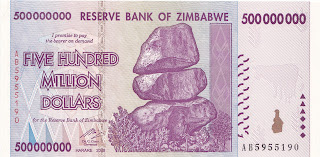A weaker rupee makes the imported yellow metal expensive. The Indian rupee fell to its lowest in more than two weeks on Tuesday
Gold futures in India were trading above the psychological mark of Rs15,000 on strong global cues and support from a weak rupee. Internationally, gold prices continued their recent bull run as investors scramble for safe haven assets amid a worsening global economic outlook.
A weaker rupee makes the imported yellow metal expensive. The Indian rupee fell to its lowest in more than two weeks on Tuesday on expectations that FIIs would dump more local shares, while a stronger dollar overseas also dampened sentiment.
April-delivery gold gained as much as 2.9% to Rs15,131 per 10 grams on the Multi Commodity Exchange of India Ltd. (MCX), the highest since the bourse began trading the metal in November 2003. The contract had gained more than 3% last week.
Record high gold prices are serving as a major deterrent for gold buyers in India, notwithstanding the ongoing wedding season. Customers are postponing gold purchases due to record high prices and weak economic climate.
India is the world’s biggest consumer of gold.
India's import of gold this year may more than halve to 250 tons from 720 tons in 2008. India's gold purchases have declined for three consecutive months with imports in January slumping to about 2 tons from 24 tons in the year-earlier month, according to the Bombay Bullion Association.
Gold prices are up 30% in the past three months.
Funds are pouring huge amounts of money into gold and buying the metal at every support level. Gold in the SPDR Gold Trust, the largest exchange-traded fund backed by bullion, climbed to a record 985.86 metric tons as of Feb. 13, gaining 14% last week alone.
Meanwhile, gold for immediate delivery advanced 1.8% to US$959.05 an ounce, the highest level since July 22. It was trading at US$958.74 at 2:05 p.m. Singapore time.
Gold for April delivery in New York advanced to US$961.10 an ounce, the highest level for the most active contract since July.










